CBT & MINDFULNESS BASED CBT
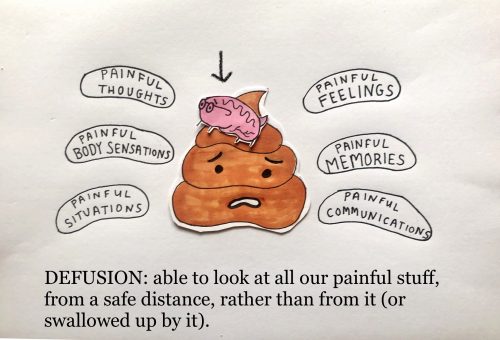 An essential premise of all cognitive-behavioral therapy is that the mind has two different modes through which experience can be processed. Let’s call the first Problem-Solving or Doing Mind and the second Being Mind (as in Being-Human Mind).
An essential premise of all cognitive-behavioral therapy is that the mind has two different modes through which experience can be processed. Let’s call the first Problem-Solving or Doing Mind and the second Being Mind (as in Being-Human Mind).
When pain in any shape or form shows up in our lives, our Problem-Solving Minds can become very, very busy and focused on this pain, as if the the pain itself were a terrible threat to our continued existence. In other words: our brains start doing what they were designed to do: solve our problems and keep us safe!
In order to work on these problems the brain quite often fuses with the painful thoughts, feelings, urges, or body sensations, to the point where the thing we’re struggling with might become the main focus of our lives.
At this point, your GP or a psychiatrist would use a word like “depression” or “anxiety”, or some other diagnostic category to describe the symptoms they are seeing. As you may be aware,the DSM 5 has over three hundred of these disorders listed, many of them sharing this common state of being fused in some way with our problem-solving, suffering minds.
After a while, it can start to feel or look like that moment in any good horror film where some poor soul is being jerked about like a puppet by the demon now controlling its mind and body. We too can also become controlled, smothered, overwhelmed by this own problem-solving, pain-solving mode. Perhaps you’ve experienced something like this recently? What we all need at this moment are strategies and practices to help us defuse from these painful thoughts, feelings, body sensations and memories. Mindfulness Based CBT, as well as other therapies I offer like ACT help us to do this.
GO AWAY!
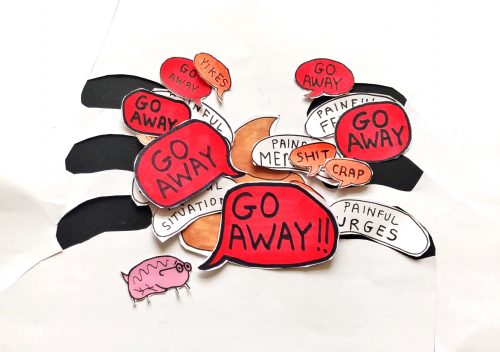 Also, because pain in any shape or form is so painful, our suffering minds will often try to avoid this pain in a very intuitive way.
Also, because pain in any shape or form is so painful, our suffering minds will often try to avoid this pain in a very intuitive way.
“GO AWAY it says to the painful thought or feeling. Also: “I’m getting away from all of this stuff!” Maybe we go away with booze or drugs, ice-cream, TV (or in my case ice-cream and TV), Twitter/WhatsApp/Facebook, or working long hours. Or maybe we physically try and escape our lives: staying in bed, or going on a holiday, or cutting off communication with someone we’re in conflict with. Again: the natural, default GO AWAY function of our brains and minds can sometimes start to run, and ruin, the whole show! You may recognise some of these behaviours if you are currently struggling with depression, anxiety, or any of the other 300 DSM 5 diagnoses.
AUTOPILOT MIND
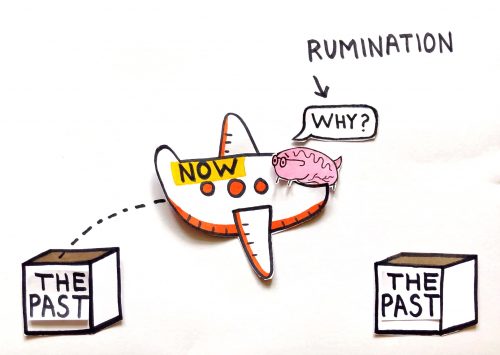
Another issue, is that our minds can also go into a kind of Autopilot Mode. Their focus, their “route” you might say is set, or stuck in a particular way of doing things. Autopilot Mind equally gets stuck in the past or the future. Focusing bitterly, or regretfully, on where our lives are flying from (the past) or where we’re flying to (the future).
Sometimes our minds do this fruitfully, as when they sit down to write a short story or a memoir, but very often they do this with a great deal of suffering, and almost no benefit for our present lives.
Autopilot Mind has no time to enjoy the journey of life. Life is never a sunset or a shooting star, always just another maths problem.
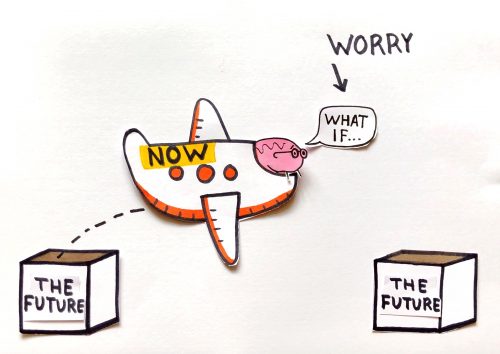
Like we might binge on a Netflix series, Autopilot Mind binges on problem-solving in an attempt to make sense of, or find a solution to our suffering. But because it’s on Autopilot, when it gets to the end of the suffering script or “route”, it just goes back to the beginning and starts all over again.
So we get stuck on certain routes or grooves of the mind, outdated coping strategies that whirr around and around like a broken record.
We can also get stuck in a certain way of being, a certain kind of identity. Why don’t you sit back for a moment and ask the Identity-Setting part of your mind to complete the following sentence stem and see what it comes up with.
I’m…
I’m definitely not…
I’ll always be/have…
I’ll never be/have…
GETTING UNSTUCK
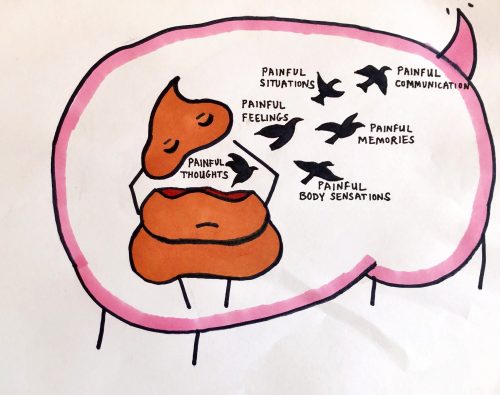 A key part of our work together would be to help you to recognise which mode of mind one is operating within, and to gain skills in consciously disengaging from one mode of mind and entering another when it is skilful to do so.
A key part of our work together would be to help you to recognise which mode of mind one is operating within, and to gain skills in consciously disengaging from one mode of mind and entering another when it is skilful to do so.
When we engage with practical tasks and problems the Doing/Problem-Solving Mind can be highly advantageous. However, these well-developed problem-solving strategies, which bring benefit in so many areas of our lives, can actually serve to increase our suffering and difficulties when we bring them to bear on the experience of our emotions.
Mindfulness Based CBT and “classic” CBT are designed to help you unhook from these painful and sometimes destructive states so that you can focus more on creating a life for yourself that is rich, full, and meaningful.
